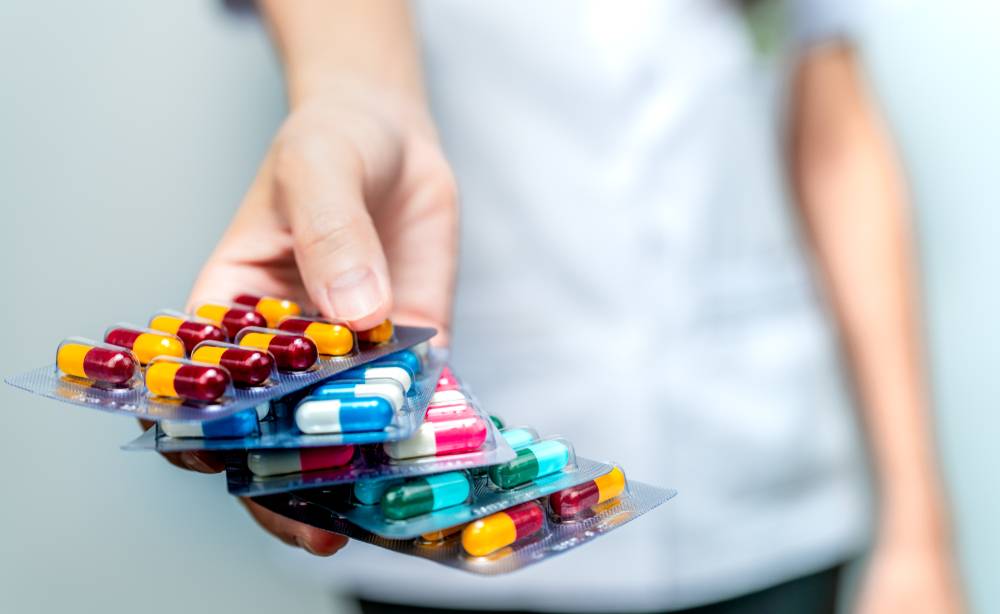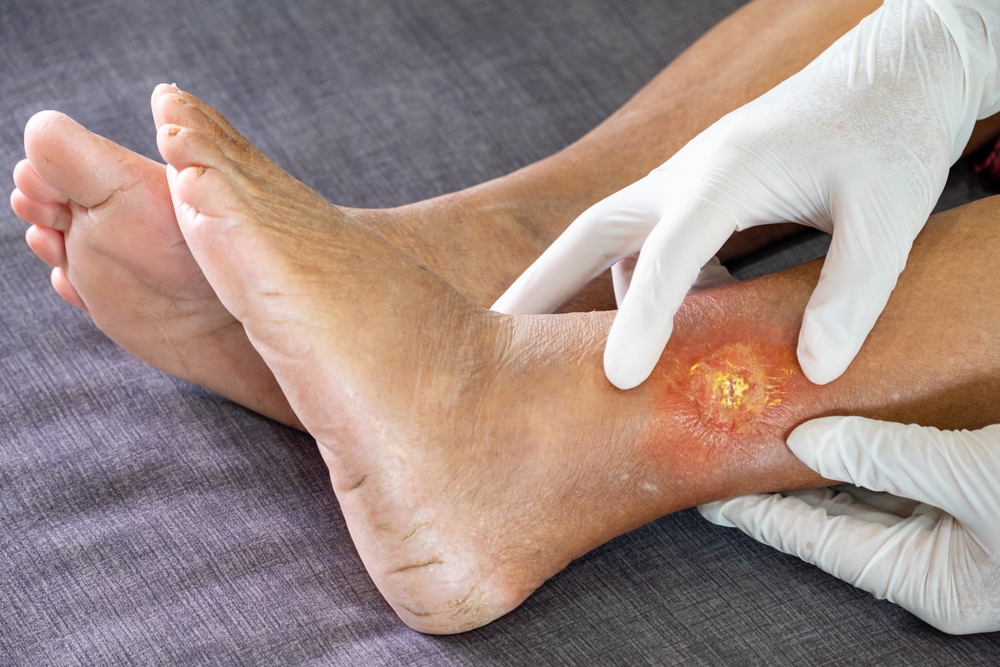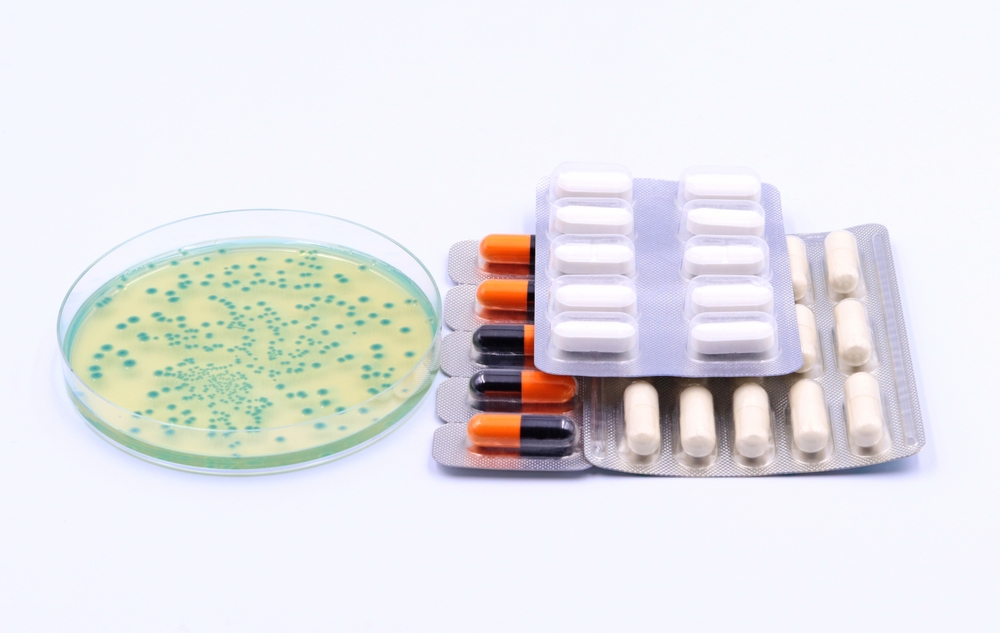Have you ever been told by a doctor or pharmacist, “You must finish your antibiotics”? It is a common reminder, but do you know why it’s so important? Antibiotics, one of medicine’s greatest discoveries, have saved millions of lives. Yet, the misuse of these life-saving drugs has led to a global health crisis: antibiotic resistance.
What is Antibiotic Resistance?

Antibiotic resistance occurs when bacteria evolve to survive the drugs designed to kill them. This leads to “superbugs”, antibiotic-resistant bacteria that resist multiple drugs. These bacteria usually require stronger antibiotics. Sometimes, infections may be very difficult to treat if the bacteria are resistant to multiple antibiotics.
Antibiotic resistance can have many implications such as prolonged infections, higher medical costs, and even deaths.
Antibiotic Resistance as a Public Health Emergency
Asia faces the brunt of the antibiotic resistance crisis. According to the World Health Organisation (WHO), millions die each year due to these superbug infections. This alarming statistics have not gone unnoticed.
Mr Ong Ye Kung, the Health Minister of Singapore, held a keynote address at the Global High-Level Ministerial Conference on Antimicrobial Resistance (AMR), where he warned of the disease burden of superbugs as well as the financial burden of over $1 trillion yearly in healthcare costs.
Meanwhile, Malaysia is also expected to see about 87,000 deaths from 2020 to 2030 if we do nothing to curb the antimicrobial resistance, shared Health Minister Datuk Seri Dr Dzulkefly Ahmad in observance of World Antimicrobial Awareness Week.
The Mechanisms of Antibiotic Resistance
Bacteria use several clever mechanisms to evade antibiotics, making infections harder to treat.
1. Genetic Mutations
Bacteria multiply rapidly. In the process, random genetic mutations can occur. Some genetic changes help bacteria resist antibiotics. When antibiotics are used improperly – for example, if the antibiotic course was not completed or taken inappropriately – resistant bacteria survive and thrive, spreading the resistance to others.
2. Pumping the Antibiotics Out of the Bacteria
Many antibiotics work by entering bacterial cells through small channels called porins. After entering the cell, they disrupting vital processes like protein or DNA production.
To combat this, some bacteria develop efflux pumps. These pumps actively expel antibiotics from their cells before the drugs can take effect. This reduces the drugs’ potency and helps bacteria survive.
3. Enzyme Production
Certain bacteria produce enzymes that can deactivate antibiotics. For example, they may produce beta-lactamase enzymes. These break down penicillin and related antibiotics, rendering them ineffective.
4. Protective Biofilms

Bacteria can form protective layers called biofilms to act as a barrier against antibiotics. These biofilms make deep-seated infections, such as chronic wounds or catheter-associated infections difficult to treat. When antibiotics cannot penetrate the protective layer to enter the cells, they are rendered ineffective.
5. Genetic Material Exchange
Bacteria can share genetic material with other bacteria. Through processes like conjugation (direct transfer between cells), transformation (picking up DNA from the environment), or transduction (gene transfer via viruses), resistant genes can be shared between bacteria.
This mechanism accelerates antibiotic resistance, as bacteria that have never been exposed to antibiotics can also become resistant, accelerating the spread of resistance.
6. Target Site Alterations
Antibiotics work by targeting specific structures in bacterial cells, such as proteins or enzymes essential for survival. Some bacteria may alter these target sites, making it difficult for the drugs to bind and exert their effects. This mechanism effectively nullifies the antibiotic’s impact.
How Misuse of Antibiotics can Contribute to Resistance
Improper antibiotic use is one of the leading causes of antimicrobial resistance, and this is how:
- Stopping Treatment Early
Different types of infections require different treatment durations. While you may feel better after just a few days of taking antibiotics, this does not mean that all the harmful bacteria are eliminated.
Stopping antibiotics too soon can leave some bacteria alive, allowing them to adapt and develop resistance
What You Should Do: Always complete your prescribed antibiotic course, even if you feel better.
- Taking Antibiotics for Viral Infections
Antibiotics are only effective against bacteria, not viruses like the ones that cause the common cold. Using antibiotics unnecessarily exposes the bacteria in your body to the drugs, giving them an opportunity to develop resistance.
What You Should Do: Avoid antibiotics for the common cold or other viral illnesses, unless prescribed by a doctor.
- Skipping Doses
Adhering to medication schedules can be challenging for many people, leading to skipped doses. Missing doses disrupts the steady concentration of antibiotics needed to kill bacteria effectively. Low levels of the drug allow bacteria to survive, adapt, and develop resistance.
What You Should Do: Stick to the prescribed schedule and avoid skipping doses.
- Using Leftover Antibiotics
Different bacteria can cause the same types of infection. Medications from past infections may not match the new infection, as it can be caused by different bacteria. Using leftover drugs may be ineffective, and also exposes bacteria to antibiotics unnecessarily, increasing resistance risks.
What You Should Do: Never self-medicate with leftover antibiotics, consult a doctor instead.
Antibiotic Resistance: A Threat We Can Overcome Together
Antibiotic resistance is a silent pandemic threatening our future. Without immediate action, common infections may become untreatable. We all have a role in combating this issue to protect ourselves and future generations from untreatable infections.
By using antibiotics responsibly, we can help prevent antibiotic resistance. Always remember that feeling better is not a green light to stop your medication.

